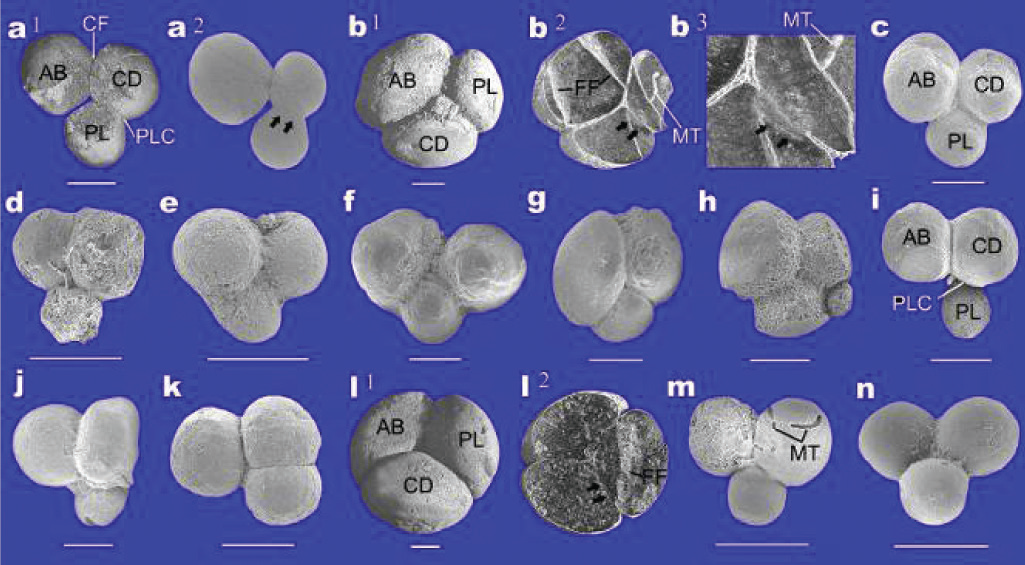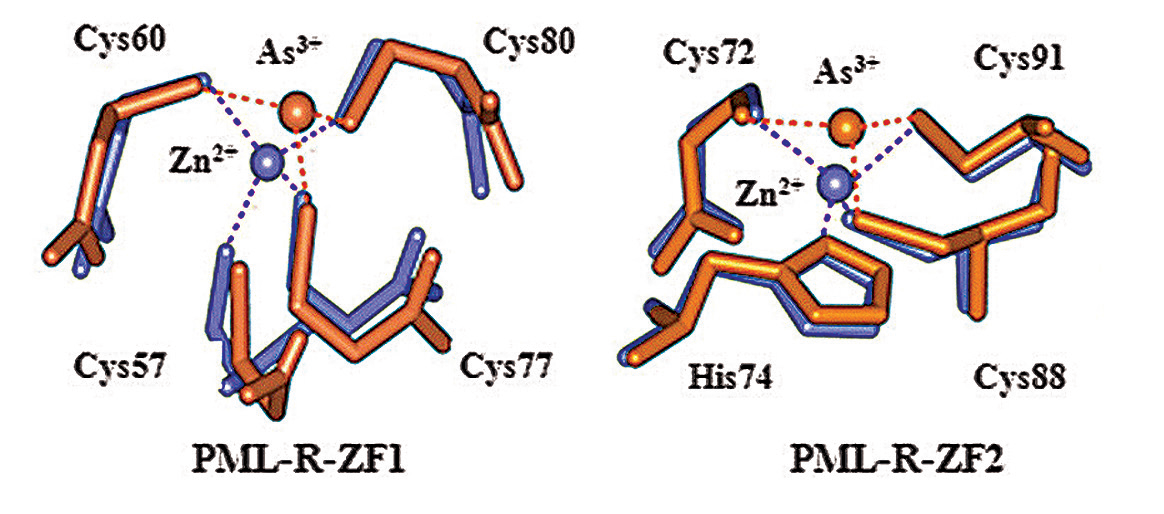Research Themes
Multi-Disciplinary Research
With ready access to advanced accelerator and nuclear analysis technologies, IHEP is an important resource for studies in fields including condensed-matter physics, chemistry, life science, materials science, nano-science and environmental science.
The Beijing Synchrotron Radiation Facility (BSRF) has 5 insertion devices and 14 beamlines with experimental stations. Its research fields cover physics, chemistry, biology, environmental science and medicine. About 300-400 experiments are carried out each year by nearly 100 national research institutions. Interesting studies in fields including protein crystallography, nano-materials, X-ray phase contrast imaging, and experimental techniques have also been carried out. In 2003, China’s first macromolecular crystallography beamline and station were built at BSRF, with a second added in 2006.
Notable breakthroughs at BSRF have included the complex structure of the SARS virus main protease with inhibitor; the high-resolution crystal structure of spinach light harvester complex; the molecular mechanism of arsenic agent in the treatment of acute promyelocytic leukemia; the complex structure of bacteria effecter proteins AvrPto and resistance-associated proteins Pto; AMP activated protein kinase; Archaea C/D RNA RNP; H/ACA RNA-guided pseudouridine synthase; melanoma antigen; and ZMYND11 Bromo-ZnF-PWWP crystal structure.
IHEP was one of the first institutions to start research into the biological effects of nanomaterials. In 2001, the first Laboratory for Biomedical Effects of Nanomaterials in China was established at IHEP. In 2006, a Joint Laboratory for the Biomedical Effects of Nanomaterials and Nanosafety was set up by IHEP and the CAS National Center for Nanoscience and Technology.
|
|
|
| Synchrotron radiation was used to scan fossil embryos, offering new evidence of the existence of possible bilaterians in a formation dating from 580 million years ago. |
In the 1w1b - XAFS lab,Shanghai Institute of Hematology and the State Key Laboratory of Medical Genomics successfully revealed the molecular mechanism of arsenic agent in the treatment of acute promyelocytic leukemia by applying the BioXAS method. |
 |
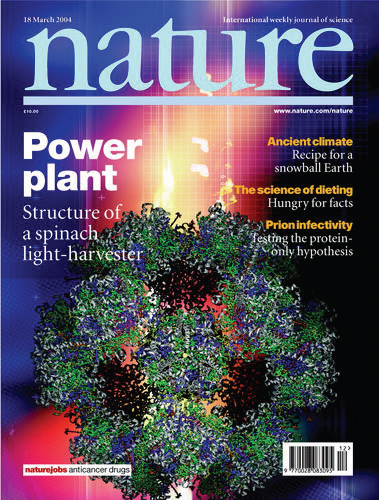 |
 |
|
The complex structure of the SARS virus main protease |
The spinach light harvester complex |
The proposed High Energy Photon Source (HEPS), which is expected to be a world-leading synchrotron radiation source when it comes online. |
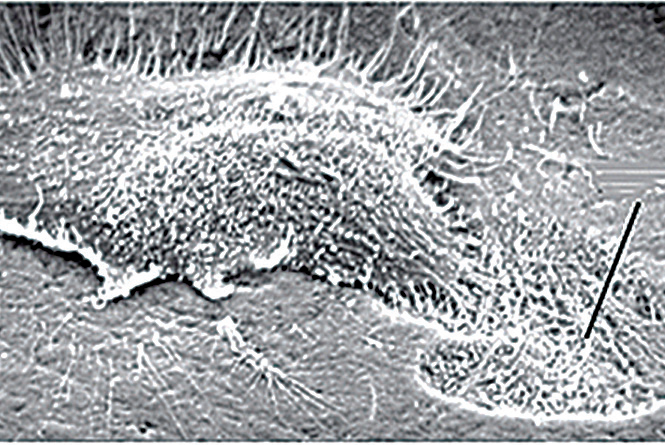 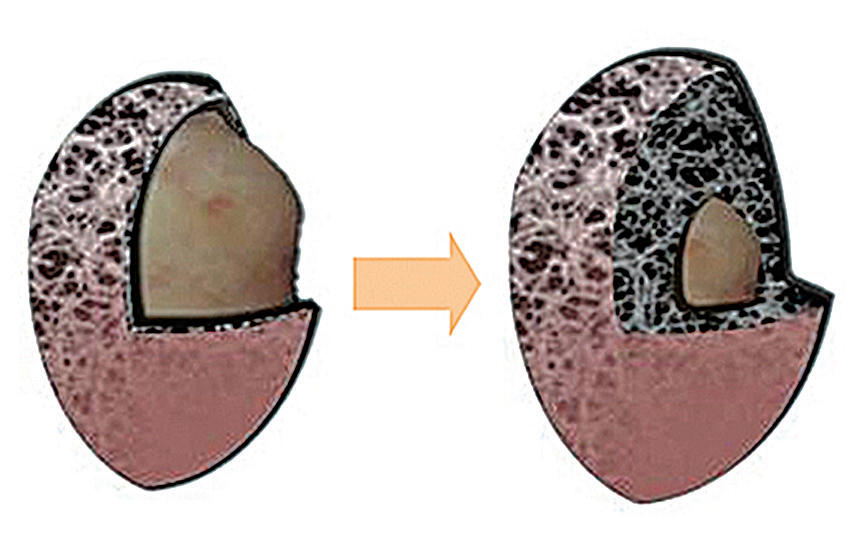 |
Studies showed that using non-toxic nanomaterials to block cancer cells in the treatment of a tumor could be more effective and have fewer side-effects than traditional target-based molecular drugs. |
|
|
|
|
In 2010, to solve key radiochemical issues in the nuclear fuel cycle, the radiochemistry group for nuclear energy was established at IHEP, focusing on actinide chemistry, nuclear fuel chemistry and spent nuclear fuel reprocessing. |
High mercury levels were found in crops and in people’s bodies around a mercury mining area. Selenium supplementation could decrease mercury levels in crops and promote mercury excretion in mercury-exposed populations. |
